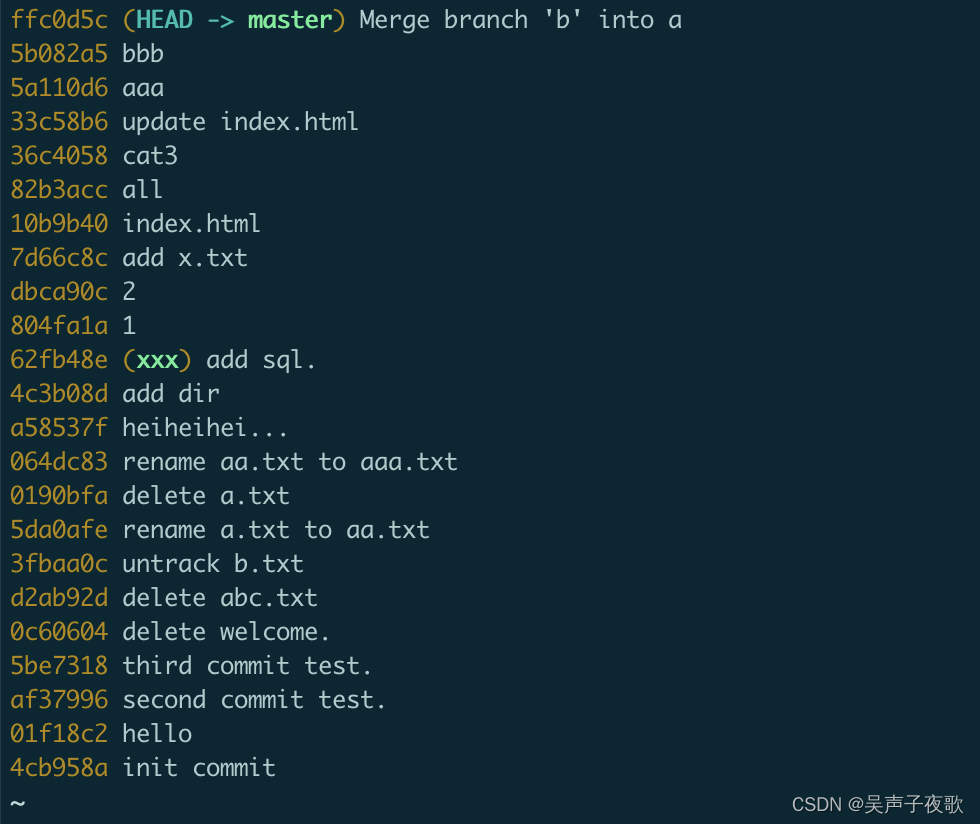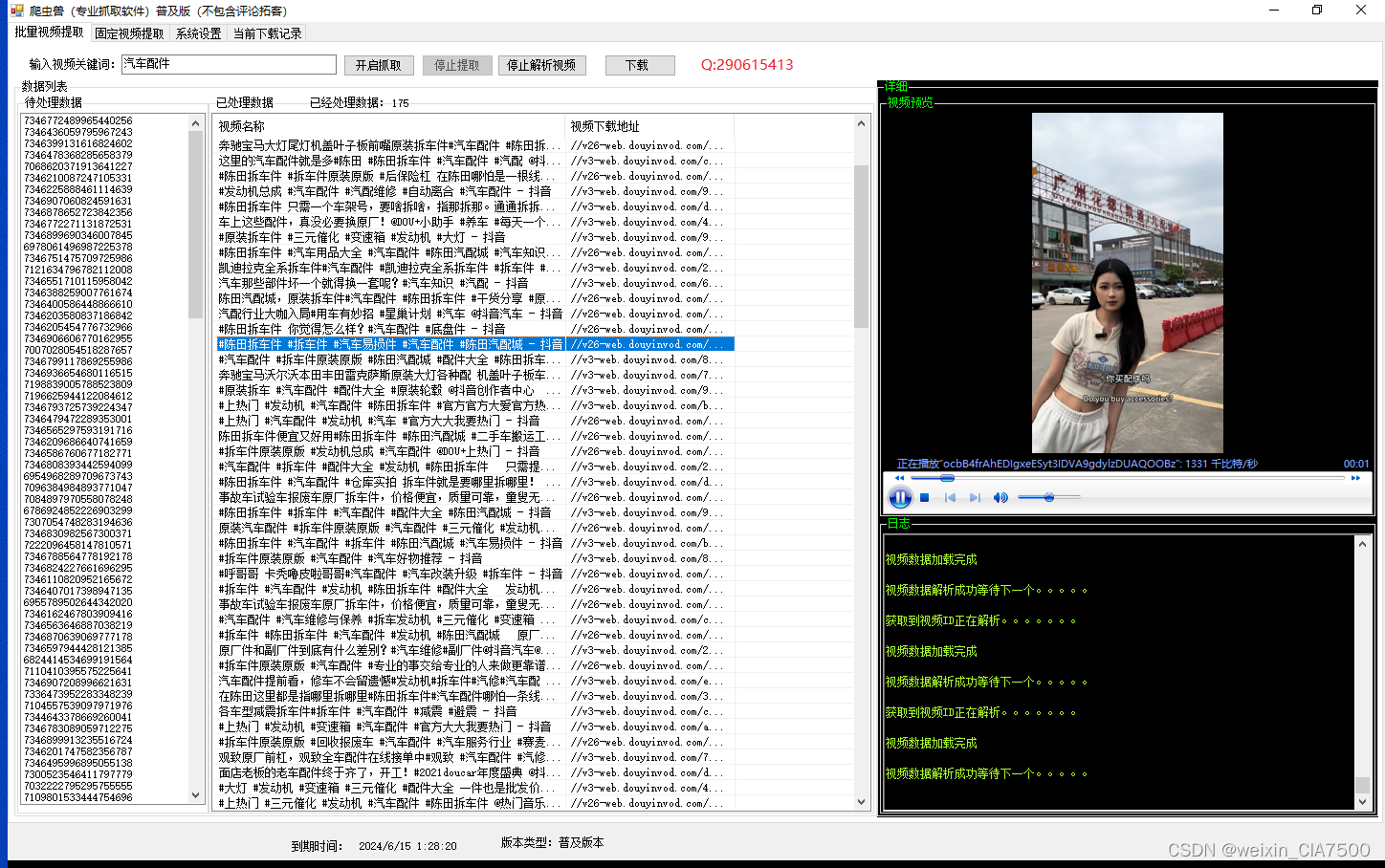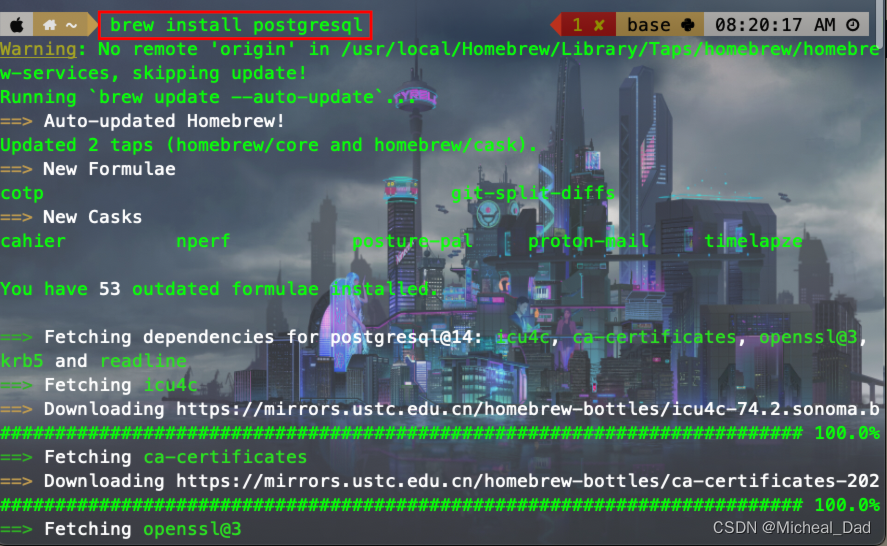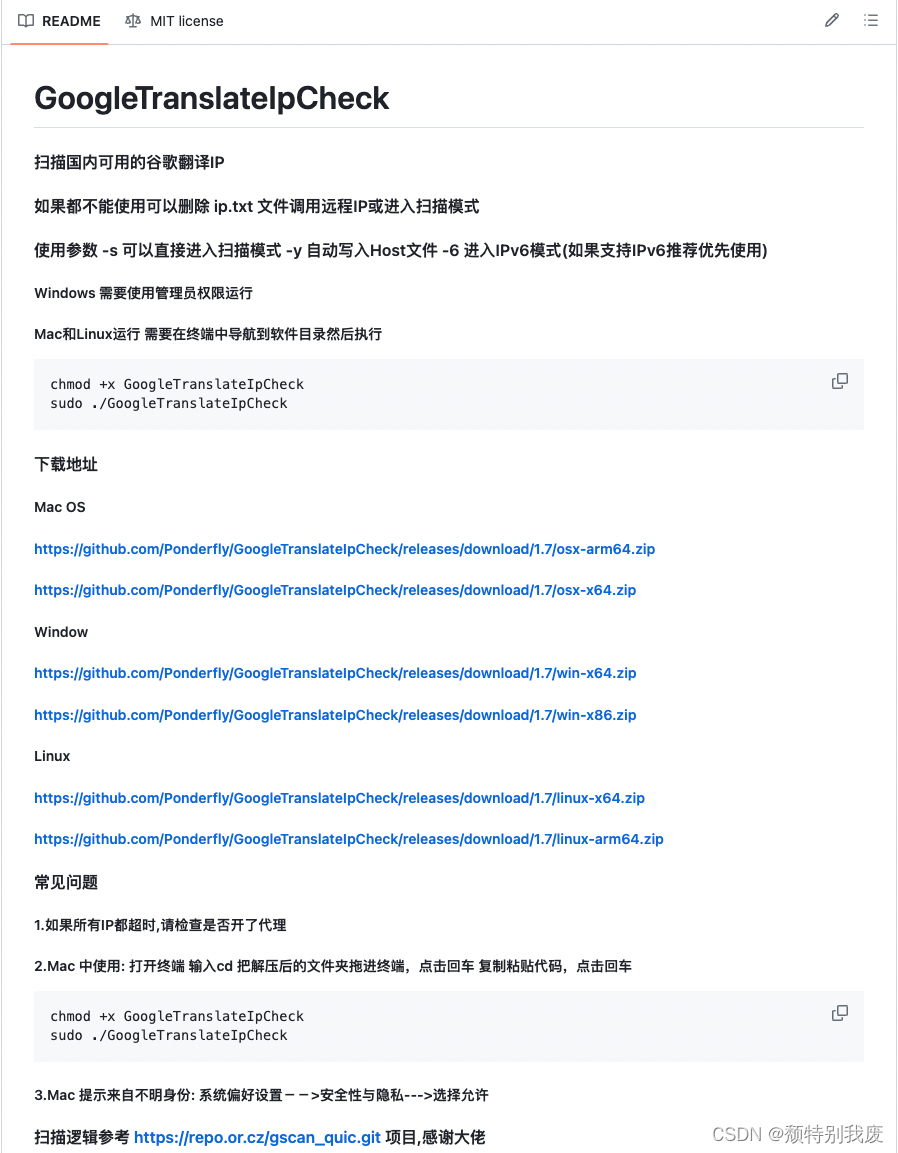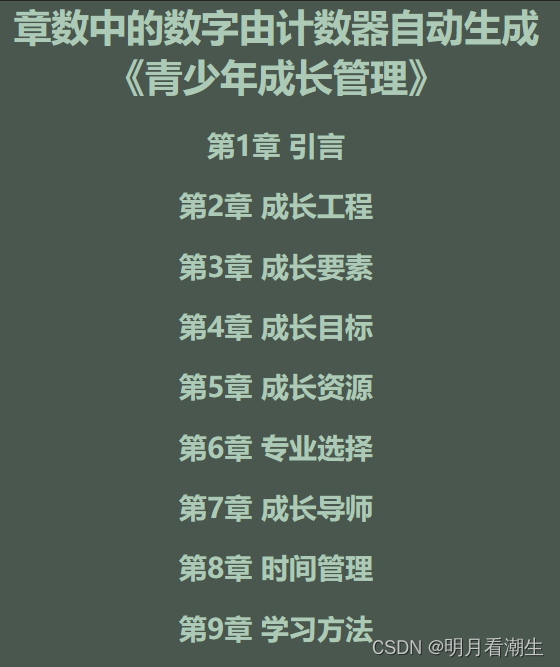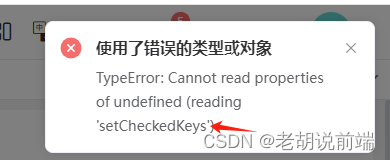iostream
用于输入输出操作,包含了处理标准输入输出流的功能(例如,cin, cout, cerr等)。
#include <iostream>
int main() {
int number;
std::cout << "Enter a number: ";
std::cin >> number;
std::cout << "You entered: " << number << std::endl;
return 0;
}
fstream
用于文件的读写操作。它提供了ifstream(用于读取文件),ofstream(用于写入文件),和fstream(可以同时用于读写文件)类。
#include <fstream>
#include <iostream>
int main() {
std::ofstream outfile("example.txt");
outfile << "Hello, world!" << std::endl;
outfile.close();
std::ifstream infile("example.txt");
std::string line;
while (getline(infile, line)) {
std::cout << line << std::endl;
}
infile.close();
return 0;
}
sstream
用于字符串的流操作。主要提供了istringstream(从string读取数据),ostringstream(向string写入数据),和stringstream(可用于读写string)类。
#include <sstream>
#include <iostream>
int main() {
std::stringstream ss;
ss << 100 << ' ' << 200;
int foo, bar;
ss >> foo >> bar;
std::cout << foo << ", " << bar << std::endl;
return 0;
}
while (getline(inputFile, line)) {
stringstream ss(line);
string token;
vector<string> tokens;
while (ss >> token) {
tokens.push_back(token);
}
string
提供了字符串处理功能,包括定义和操作std::string类型的对象。
#include <string>
#include <iostream>
int main() {
std::string str = "Hello, world!";
std::cout << str << std::endl;
return 0;
}
vector
实现了动态数组的功能,可以存储任意类型的对象,并且可以动态增长和缩小。
#include <vector>
#include <iostream>
int main() {
std::vector<int> vec = {1, 2, 3, 4, 5};
for(int i : vec) {
std::cout << i << ' ';
}
std::cout << std::endl;
return 0;
}
unordered_map
提供了一种通过键来快速访问元素的方式,基于哈希表实现。它允许快速插入、删除和查找操作。
#include <unordered_map>
#include <iostream>
int main() {
std::unordered_map<std::string, int> map;
map["one"] = 1;
map["two"] = 2;
std::cout << map["one"] << std::endl;
return 0;
}
stack
实现了栈的数据结构,提供了后进先出(LIFO)的数据管理方式。
#include <stack>
#include <iostream>
int main() {
std::stack<int> stack;
stack.push(1);
stack.push(2);
std::cout << stack.top() << std::endl; // 查看栈顶元素
stack.pop(); // 移除栈顶元素
std::cout << stack.top() << std::endl;
return 0;





















